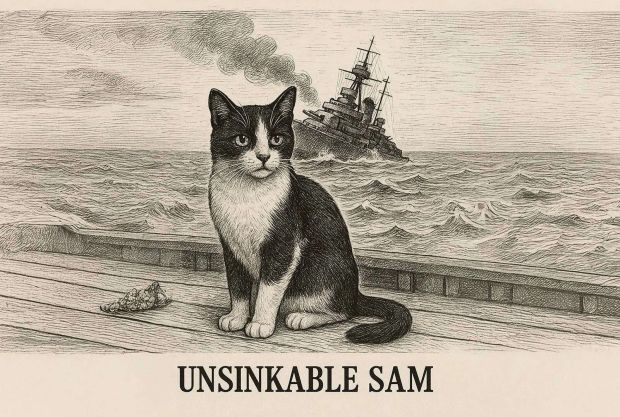Enriching Play: Toys That Big Cats Love

Big cats, including lions, tigers, leopards, and other wild felines, are majestic creatures known for their strength, grace, and predatory instincts. For both animal sanctuaries and zoos, providing enrichment is crucial for their well-being. Just like domesticated cats, these magnificent animals enjoy engaging playtime activities that stimulate their minds and bodies. In this article, we’ll explore the various types of toys and play items that captivate the curiosity of big cats and contribute to their overall health.
1. Interactive Puzzle Toys
Interactive puzzle toys are designed to challenge a big cat’s problem-solving abilities. These toys often involve hidden compartments or treats that encourage the feline to think and strategize in order to obtain a reward. For instance, a large, durable ball with treats inside can keep a tiger occupied as it rolls the ball around, using its powerful paws to nudge it in various directions. These toys not only provide mental stimulation but also replicate hunting behaviors typical in the wild.
2. Bouncy Balls and Enrichment Balls
Big cats are naturally curious and playful, making brightly colored, bouncy balls a great addition to their playtime activities. These larger-sized balls can be made of durable materials that withstand rough use, allowing the cats to effortlessly bat around, chase, and pounce. Some enrichment balls can even be filled with food or treats, adding an extra layer of excitement. The unpredictability of the ball’s movement mimics the spontaneous nature of prey, making it an enriching experience for the big cat.
3. Climbing Structures
While not a traditional toy per se, climbing structures are vital for the physical health and mental stimulation of big cats. Tall platforms, logs, and trees encourage climbing, jumping, and exploration—mimicking their natural habitats. Providing these structures allows big cats to exhibit their natural behaviors and helps to keep their muscles toned. Adding hanging toys, ropes, or even dangling fish can transform these structures into engaging play areas.
4. Scent Trails and Enrichment Activities
In the wild, big cats rely heavily on their sense of smell to locate prey and navigate their environment. Scent trails can be created using various oils or scents (like catnip, although more appealing for domestic cats) to stimulate their olfactory senses and encourage exploration. You can enhance the play experience by hiding treats along the trail or introducing new smells. This multi-sensory approach promotes natural behaviors and keeps the animal engaged.
5. Water Play Toys
Many big cats enjoy water, and incorporating floating toys into their enclosures can provide both fun and enrichment. Rubber ducks, large balls, or other buoyant toys encourage splashing and swimming behaviors. For big cats like tigers, who are natural swimmers, this kind of play can be particularly engaging and allows them the opportunity to showcase their agility in the water.
6. Stuffed Animal Toys
Life-sized, soft toys that resemble prey can be incredibly enticing for big cats. These toys allow them to engage in hunting behavior by stalking, pouncing, and dragging their “catch.” Stuffed toys that make noise or have exciting crinkly textures can evoke even more interest and simulate the sounds of prey, providing an authentic hunting experience in a safe environment.
7. Ball and String Toys
Much like their smaller cousins, big cats enjoy toys on strings or tethered to a stable base. Using large feathered toys or string connected to a sturdy pole can encourage the animals to jump, pounce, and engage in spirited play. This kind of interactive play can also help strengthen the bond between caretakers and the cats, giving the felines a chance to demonstrate their playful nature.
Conclusion
The importance of understanding and addressing the playful instincts of big cats cannot be overstated. Through careful selection of toys that cater to their natural behaviors, caretakers can enhance the lives of these magnificent creatures, helping to reduce stress, promote physical health, and support mental well-being. As we continue to learn about the preferences and personalities of big cats, we can create enriching environments that contribute to their happiness, ensuring their legacy on our planet endures for generations to come.



